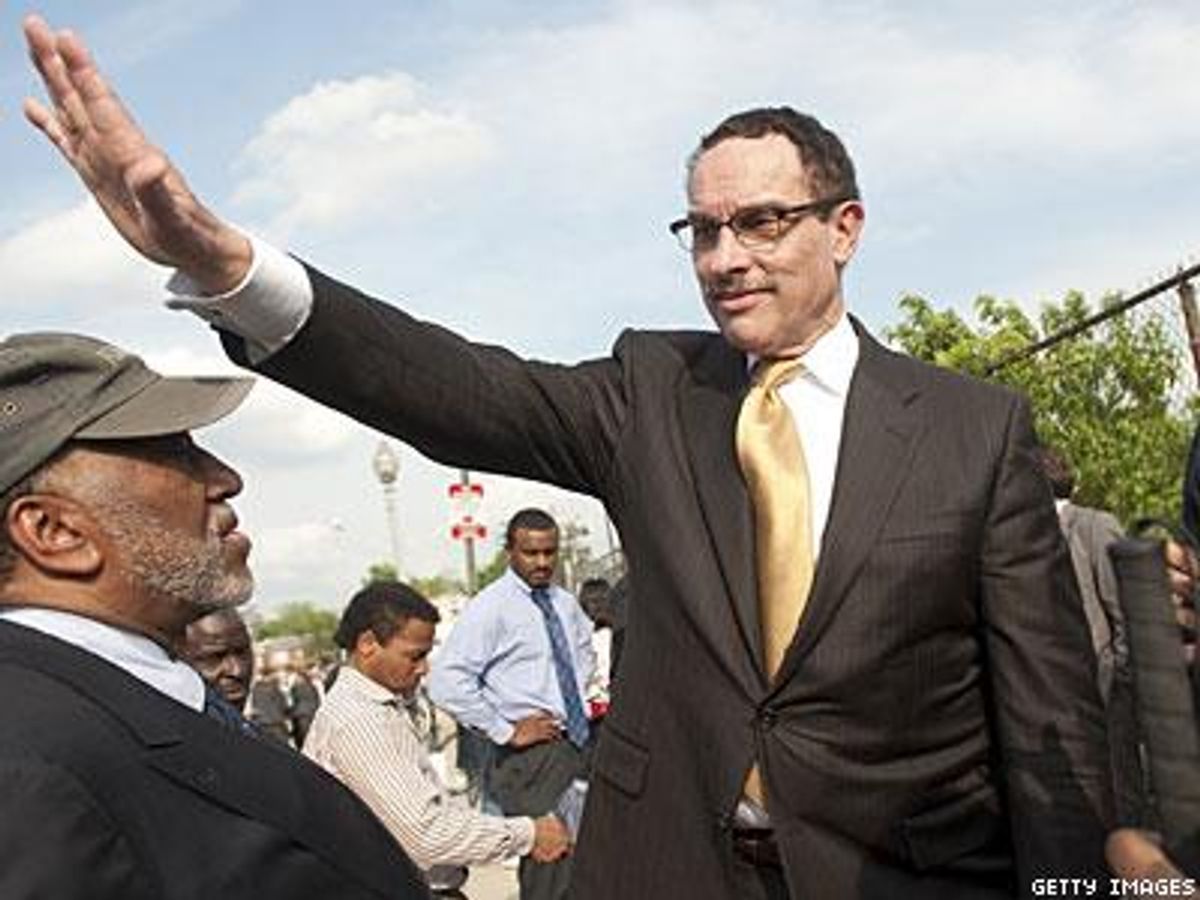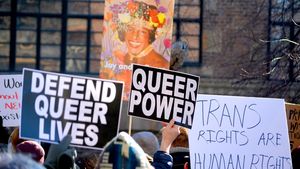On the heels of a positive Joint United Nations Program on HIV/AIDS (UNAIDS) gloabl report released on Monday, Washington D.C. Mayor Vincent C. Gray and the D.C. Department of Health put forth their own report on Tuesday showing, among other things, that the number of newly diagnosed HIV cases in the District have declined 46% since 2007, and the number of newly diagnosed AIDS cases reported decreased 47%.
The 2012 District of Columbia HIV/AIDS, Hepatitis, STD and TB Epidemiology Annual Report generated from data through 2011 provides the annual update on the state of HIV in the nation’s capital, and also included an in-depth look at how behavioral risk factors contribute to HIV infection among men who have sex with men.
“Addressing the HIV epidemic in the District has been a top priority for me from the beginning of my administration,” said Mayor Gray in a release. “I am proud that we have made progress, but will not rest until we get to zero HIV infections in the District.”
According to the report, 15,056 residents of the District of Columbia (2.4% of the population) are living with HIV, a number down 18% since 2008. But one number still raising alarm in the District is that of gay and bisexual men who are unaware of their HIV positive status: according to the report, nearly one in four (23%) who tested HIV-positive were unaware of their diagnosis prior to taking part in the study.
In ongoing efforts to remedy such statistics, the Dept. of Health notes various accomplishments in areas of both prevention and diagnosis. The District gave or provided funding for 138,000 HIV tests, more than triple those provided in 2007. It also distributed more than 10 times the number of condoms. In 2012, the DOH expanded their outreach in high schools, providing health information to nearly 5,000 students and screening to more than 3,000. The District plans on offering HIV testing in select schools as early as next year.
“The District continues to lead the way in getting people diagnosed with HIV infection earlier and connected with care through our treatment-on-demand policy,” said Mayor Gray.
In similar fashion, the UNAIDS report released Monday also showed exponential progress towards reaching it’s own 2015 global targets on HIV. The international data collected by organization reported that new HIV infections among adults and children were estimated at a 33% reduction across the globe since 2001. New HIV infections among children have also been reduced, according the report, and AIDS-related deaths have dropped by 30% since the peak in 2005 as access to antiretroviral treatment expands.
"Not only can we meet the 2015 target of 15 million people on HIV treatment, we must also go beyond and have the vision and commitment to ensure no one is left behind," UNAIDS Executive Director Michel Sidibe said in a statement.
The 2013 UNAIDS Report on the global AIDS epidemic is available on line at unaids.org




















































































